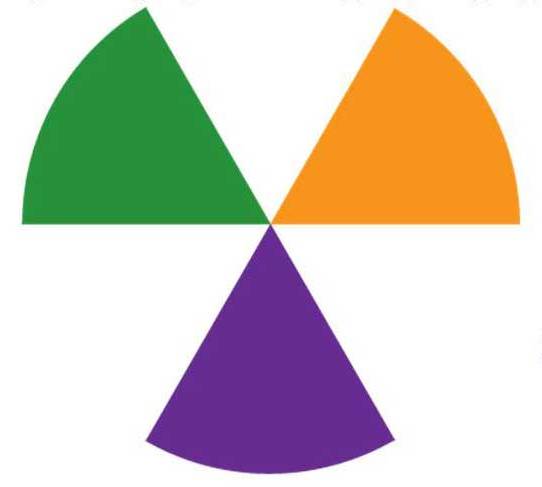Secondary colors are made by mixing two primary colors together: red and yellow to get orange, yellow and blue to get green, or red and blue to get purple. The secondary color you get depends on the proportions in which you mix the two primaries. If you mix three primary colors together, you get a tertiary color. Secondary colors are made by mixing two primary colors together. Red and yellow make orange; red and blue make purple; yellow and blue make green.
How Do I Know What Colors My Primaries Will Produce?
Red and yellow always make some kind of orange, yellow and blue a green, and blue and red a purple. The actual color you get depends on which primary you’re using (for example whether it’s Prussian blue or ultramarine you’re mixing with cadmium red) and the proportions in which you mix the two primaries. Paint a color chart where you record which two colors you mixed and the (approximate) proportions of each. This will provide you with a ready reference until you get to the stage when you instinctively know what you’ll get.
How Much of Each Primary Color Do I Use?
The proportions in which you mix the two primaries is important. If you add more of one than the other, the secondary color will reflect this. For example, if you add more red than yellow, you end up with a strong, reddish orange; if you add more yellow than red, you produce a yellowish orange. Experiment with all the colors you have – and keep a record of what you’ve done.

Leave a Reply
You must be logged in to post a comment.